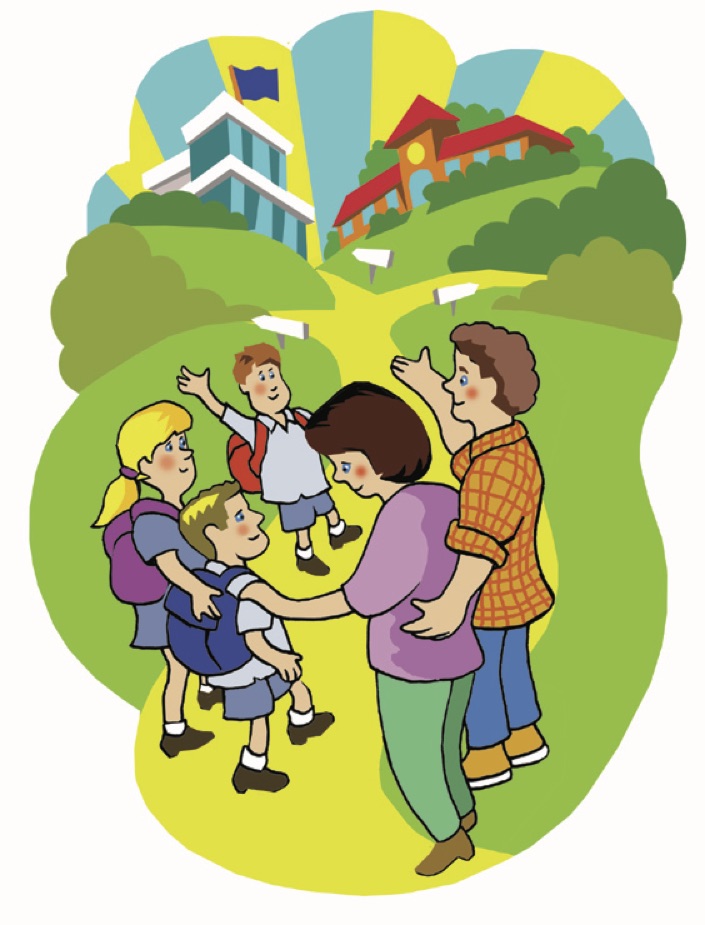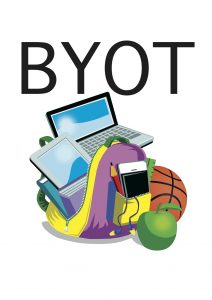
Mal Lee and Roger Broadie
Most schools worldwide today have the same core features as those in the 1960’s, with many the same as schools in the late nineteenth century.
In examining the history of schooling over the last century, and particularly since the shock of Sputnik in 1957, and reflecting on our own sixty years’ plus experience with school change and innovation one must conclude that the core features of schooling have not changed. There is moreover scant suggestion that they are about to, with few if any governments contemplating the kind of digital transformation seen in business and other public-sector organisations.
It is a reality that needs to be better understood if schooling is to have any hope of evolving at pace with societal change and providing an education relevant to the digitally connected young.
It is appreciated that many visionary and highly committed governments, public benefactors, educators and schools globally have made concerted efforts to innovate and enhance the holistic education of all children in the last century, particularly since Russia put a satellite into orbit. Many will remember the immense investment in model schools, the Dewey based progressive schools, educational television, reticulated video, computer aided instruction, open plan schools, alternate schools, school based curriculum design, the many national innovation programs, future and lighthouse schools, and more recently all manner of digital technologies and STEM.
History affirms that invariably the dents made in the traditional form of the school have been ‘rectified’ and the school/s returned to the old ways.
Schooling globally is still conducted within the physical walls of the place called school, within specified times and dates, with solitary teachers teaching class groups, invariably behind closed doors. The teachers still invariably teach the curriculum determined by the authorities, in the manner prescribed, following a structured, linear teacher controlled instructional program, continually measuring, and reporting upon student performance, always comparing the student attainment, from the early childhood years onwards. The assessment continues be of sole performance, never the ability to work with or to relate to others.
The students still move in a lock step manner through their schooling, moving as age cohorts, from one year to the next over twelve, thirteen years to graduation – the decision makers understanding that a significant part of the age cohort, identified by the academic criteria as of lesser quality, will ‘drop out’ before the final exams.
The schools remain strongly hierarchical, linear Industrial Age organisations, obliged to follow the dictates of government, whether state or independent. The head, often with the support of a small executive continues to decide on the workings of the school. Most teachers and support staff continue to be disempowered, obliged to do as told, closely micromanaged by both the school and government authorities, expected to conform with the national standards and mores.
In many situations, particularly in the rural areas the students attend the same schools as their parents, the schools often being over a hundred years old.
The students remain at the bottom of the pecking order, invariably distrusted, obliged every minute of the school day to do as every adult instructs, with their every movement controlled and monitored, fearful that any transgression will be punished. They invariably have no say in what is taught or assessed, when, where or how, and as such have little or no influence or control over the in-school education. The experts know what is best. Student alienation with schooling remains high and likely growing globally, particularly among the non- tertiary bound, with recent student Gallup polls revealing in developed nations like the US 50% student disengagement with the schooling (Gallup, 2015).
The contrast with how the young learn with the digital outside the school globally is increasingly marked. Outside the digitally connected young have since the mid 90’s been trusted, empowered, and provided the tools, freedom and support to take charge of their learning with the digital 24/7/365, anywhere, anytime. They, and not the authorities decide what they want to learn, when, how and where (Lee and Broadie, 2018).
Schooling is still characterised by its constancy, continuity, sameness, paper base and adversity to risk, with schools, year after year, decade after decade following a remarkably similar calendar, running the same events, using the same livery and ceremonies. Heads and teachers move on or retire, replaced by colleagues who invariably continue the routine.
It is understood most systems structurally have added a year or two to the schooling but the nature of the schooling in the added years remains basically the same.
The increasingly greater monies spent by governments from the 1960s in the supposed quest for school change and enhancement brought no sustained change to the traditional form of schooling – for many good reasons.
Society relies on schools minding the young while the parent/s work, and keeping the unemployment figures down with the older students. This is ever more so with both parents working, and governments globally having to contend with structural changes in the job market.
Term dates largely determine the family year everywhere. Any variation to those dates or the school hours is guaranteed to generate all manner of flak and disruption.
Society expects the schools to manage and control the nation’s young, and ready them to be largely compliant members of society. School exist to inculcate the young on the nation’s ordered ways, with ‘revolutionary’, non-conformist activity invariably repressed and/or criticised by the media.
They are the organisation society has given a monopoly to decide on who will be the future leaders and who the workers, and to ensure that sorting is reflected in the qualifications provided. One will struggle to a find a nation today where the final school exams don’t complete 12/13 years of sorting and sifting, with those in authority and the media lauding the ‘successful’ students, and largely dismissing those who don’t succeed academically.
While that observation might appear harsh success at school is still adjudged, as it has for a hundred plus years by performance in academic, paper based exams.
Tellingly the schools that go digital will not only not markedly improve their ability to meet any of the above-mentioned givens, but will open the doors to on-going digital disruption and evolution, and a shift away from many aspects of traditional schooling.
With its continued existence guaranteed, schooling is one of the rare ‘industries’ today that doesn’t have to worry unduly about productivity, efficiency, continued viability or the workers being ‘restructured’. Indeed, in most situations they currently don’t, unlike business, need to address ‘digital Darwinism’ (Solis and Szymanski, 2016) or the very considerable challenge of digital transformation. Globally political parties still pander to the parent self-interest, and campaign successfully on the promise of spending more on dated, inefficient, inflexible schools and processes, fully aware the extra monies spent on the likes of smaller classes won’t enhance student attainment, educational relevance, school efficiency or productivity.
There is moreover little or no pressure for schools and their heads to change their ways, to accommodate the world going digital. The rewards go to those teachers and aspiring heads that provide a good traditional schooling, who manage the status quo well, meet the government specified outcomes and whose students perform well in the final exams. All the staff remuneration models are still those of an analogue world.
Conclusion
Ironically, as we discuss in a later post the greatest pressure is placed on those highly capable educational visionaries who try to educate for a world of accelerating digital evolution and transformation and seek to take advantage of the facility to learn 24/7/365.
Governments seemingly globally do their utmost to control rather than encourage the mavericks.
The continued constancy of schooling globally points to the enormity of the challenge of initiating and sustaining core school change and the imperative of better understanding the constraints to change, and how desired change can be sustained.
- Gallup Student Poll (2015) Engaged Today: Ready for Tomorrow Fall 2015 Gallup – http://www.gallup.com/services/189926/student-poll-2015-results.aspx
- Lee, M and Broadie, R (2018) Digitally Connected Families. And the Digital Education of the World’s Young, 1993 – 2016, Armidale, Australia, Douglas and Brown – http://douglasandbrown.com/publications/–
- Solis, B and Szymanski, J (2016) Six Stages of Digital Transformation. The Race Against Digital Darwinism April 2016 Altimeter @Prophet – http://www.altimetergroup.com/2016/04/new-research-the-six-stages-of-digital-transformation/




